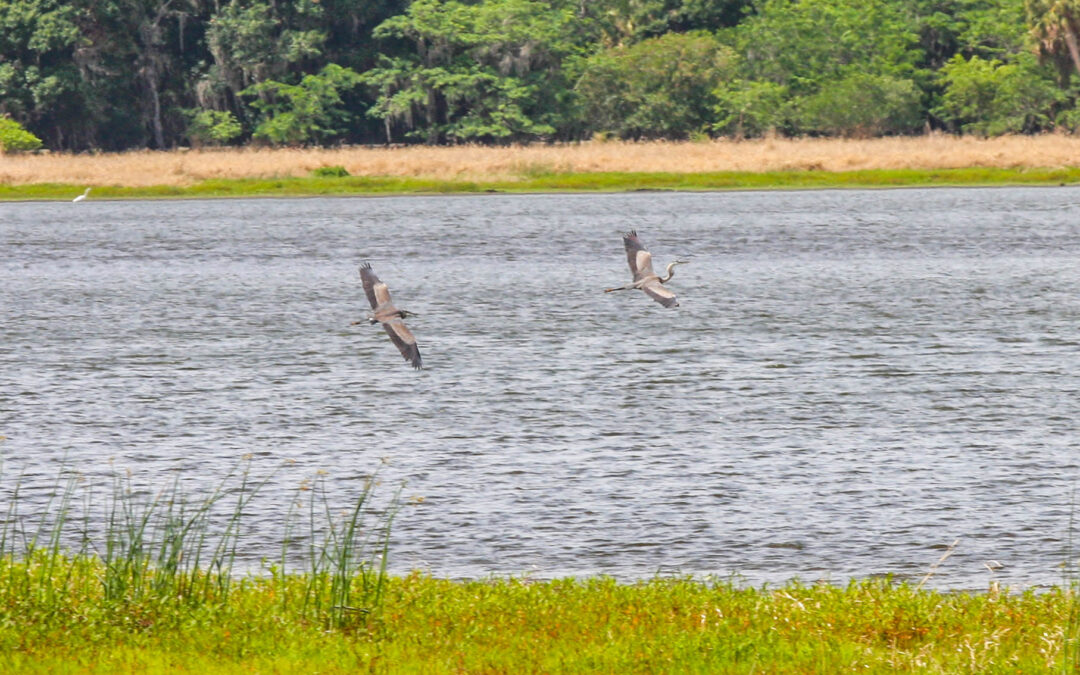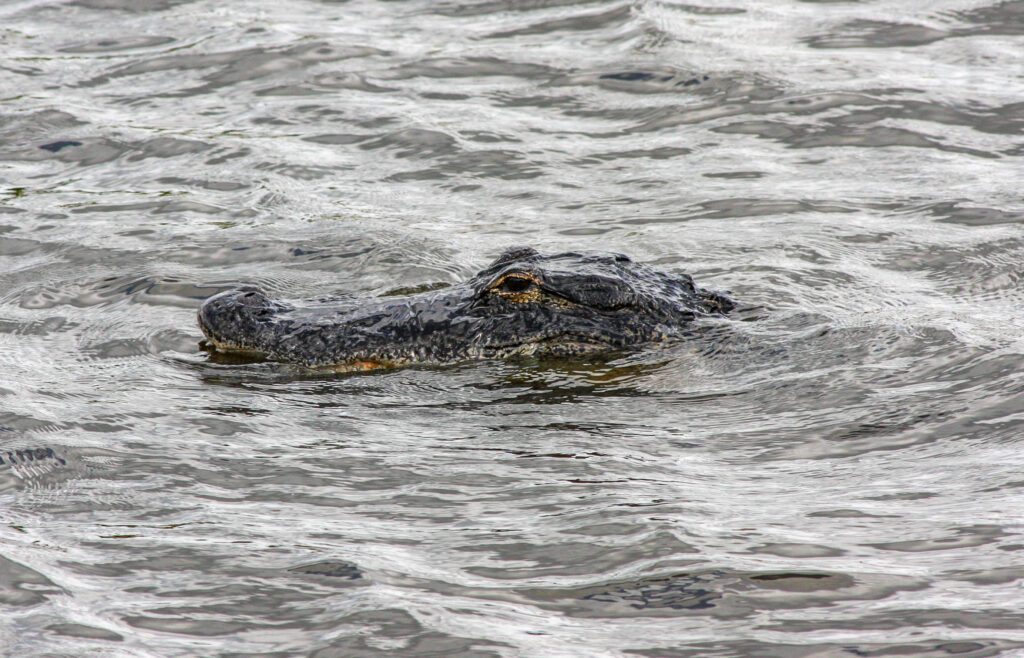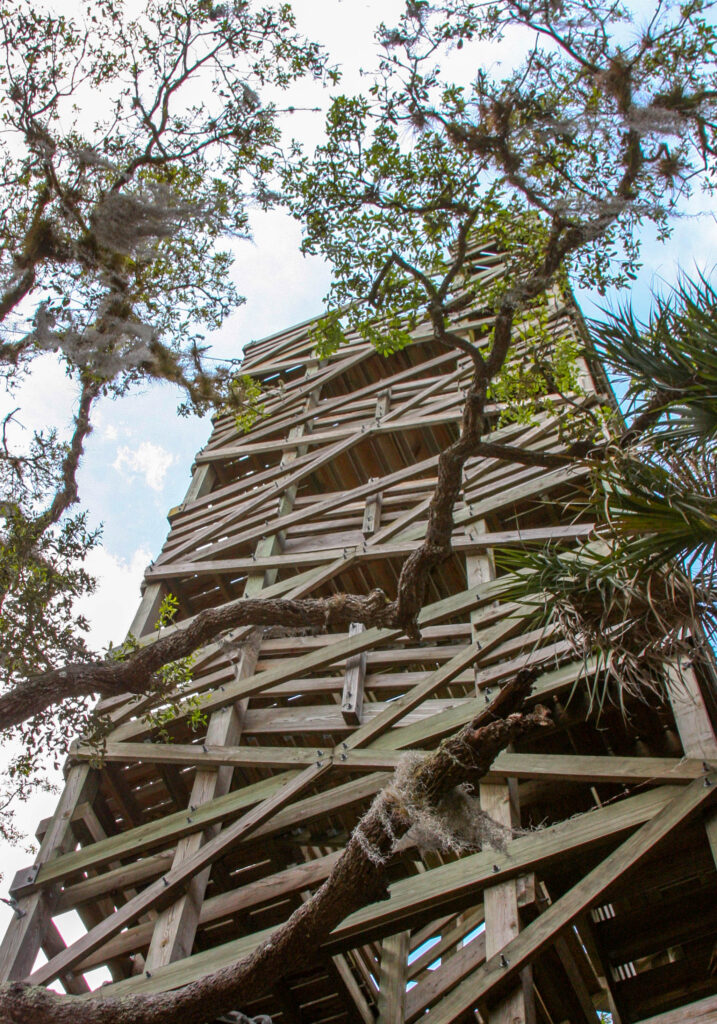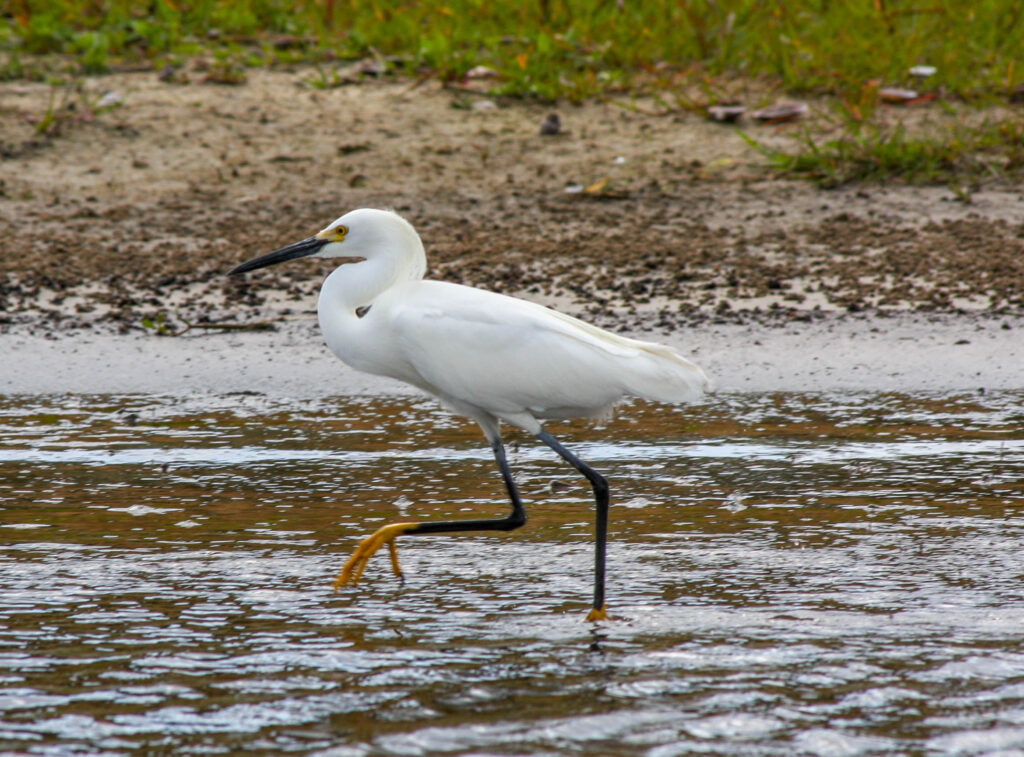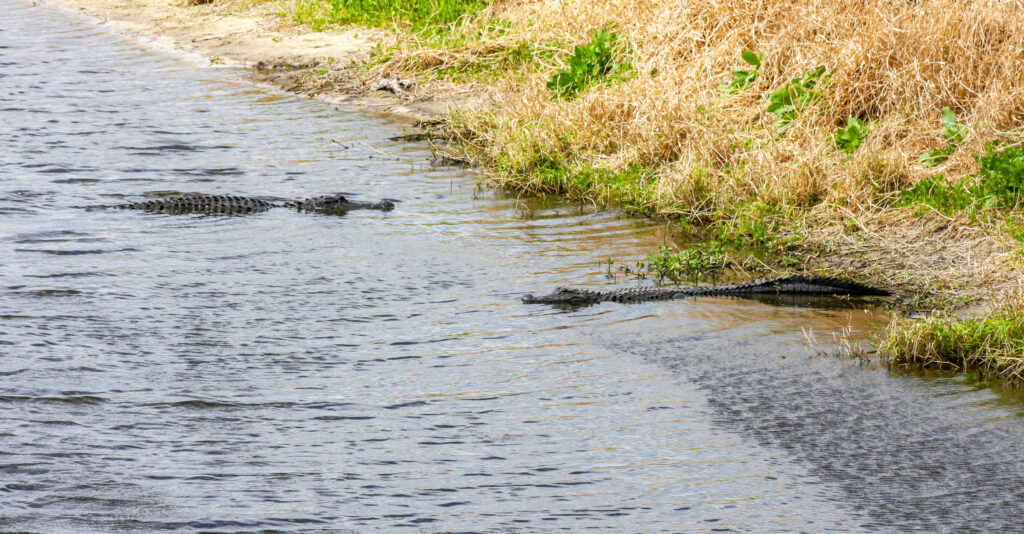Myakka State Park is one of Florida’s oldest and largest parks. More than 14 miles of the scenic Myakka River flows through the 58 square miles of Florida dry prairie, a globally imperiled ecosystem that comprises more than half the park. Florida dry prairie is the second most biodiverse ecosystem in North America, and the park is full of diverse plants and wildlife.
There are miles of trails and roads through the park for hikers, bikers, and horse back riders. Each type of activity has dedicated and multi-use trails, so make sure you check the trail map or signage. Boating, fishing, canoeing and kayaking are also popular activities on the river and lakes in the park. All of the various water activities are great opportunities to see lots of American alligators throughout the park.
The fifty-eight square miles of protected nature in the park support a wide variety of thriving wildlife, including bobcats, otters, alligators and more than 100 species of birds.
Myakka State Park is a terrific venue for hiking enthusiasts. The Myakka Trail is a 38.9-mile hiking loop trail maintained by the Florida Trail Association. Several backcountry roads crisscross the trail, allowing hikers to shorten or lengthen hiking trips. The trail winds through the majority of the park and passes through shady live oak/palm hammocks, sandy pine flatwoods, sunny dry prairies, and marshes teeming with life. Unfortunately, it doesn’t feature much access to either the Myakka River or Upper or Lower Myakka Lakes. The park does one of Florida’s first canopy walks on the short nature trail near the Visitor Center. The Myakka Canopy Walkway is suspended 25 feet above the ground and extends 100 feet through the hammock canopy. It includes a viewing tower that soars more than 70 feet in the air to present a spectacular view of treetops, wetlands and the prairie/hammock interface.
The biking in the park is limited to the paved and dirt roads. There are seven miles of paved road that wind through shady hammocks, along grassy marshes and the shore of the Upper Myakka Lake. Bicycles are also permitted on back country dirt roads north of State Road 72 and on the Myakka Island Trail to the Carlton Reserve. Some roads are hardpacked and grassed-over; others may be sandy, muddy or dug up by feral pigs. Roads are often flooded in summer.
As you’d expect in a river-based park, Myakka State Park features several great water features offering boating, fishing, kayaking, and canoeing opportunties. More than fourteen miles of the Myakka River flow through Myakka River State Park. The 66-mile Myakka River was the first to be named one of Florida’s Wild and Scenic Rivers. The river and its two shallow lakes attract a myriad of wetland creatures, making birding, canoeing, fishing and wildlife observation popular activities.
Every day, flat-bottomed boats take visitors on a ride around Upper Myakka Lake. These tours give you a chance to see Florida wildlife up-close and learn all about Myakka River State Park. Don’t forget your camera!
The park also features three campgrounds with 90 campsites. Each site is equipped with 50-amp electrical service, water, a fire ring and picnic table. The sites in Palmetto Ridge also have sewer hook-ups. A dump station is located near Old Prairie Campground. Laundry facilities are available to all campers in Old Prairie and Palmetto Ridge campgrounds. All campsites are located within 40 yards of restroom facilities with hot showers.
Myakka State Park is a great place to visit and see the native wildlife and scenery of original Florida. Well preserved and unspoiled, and waiting for your visit!

